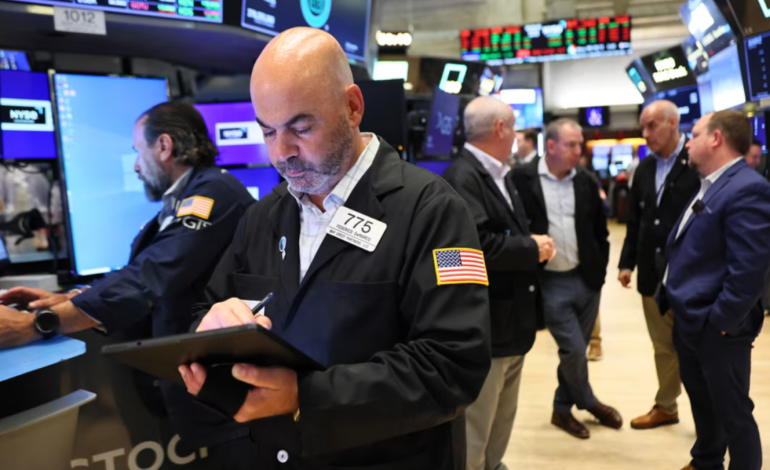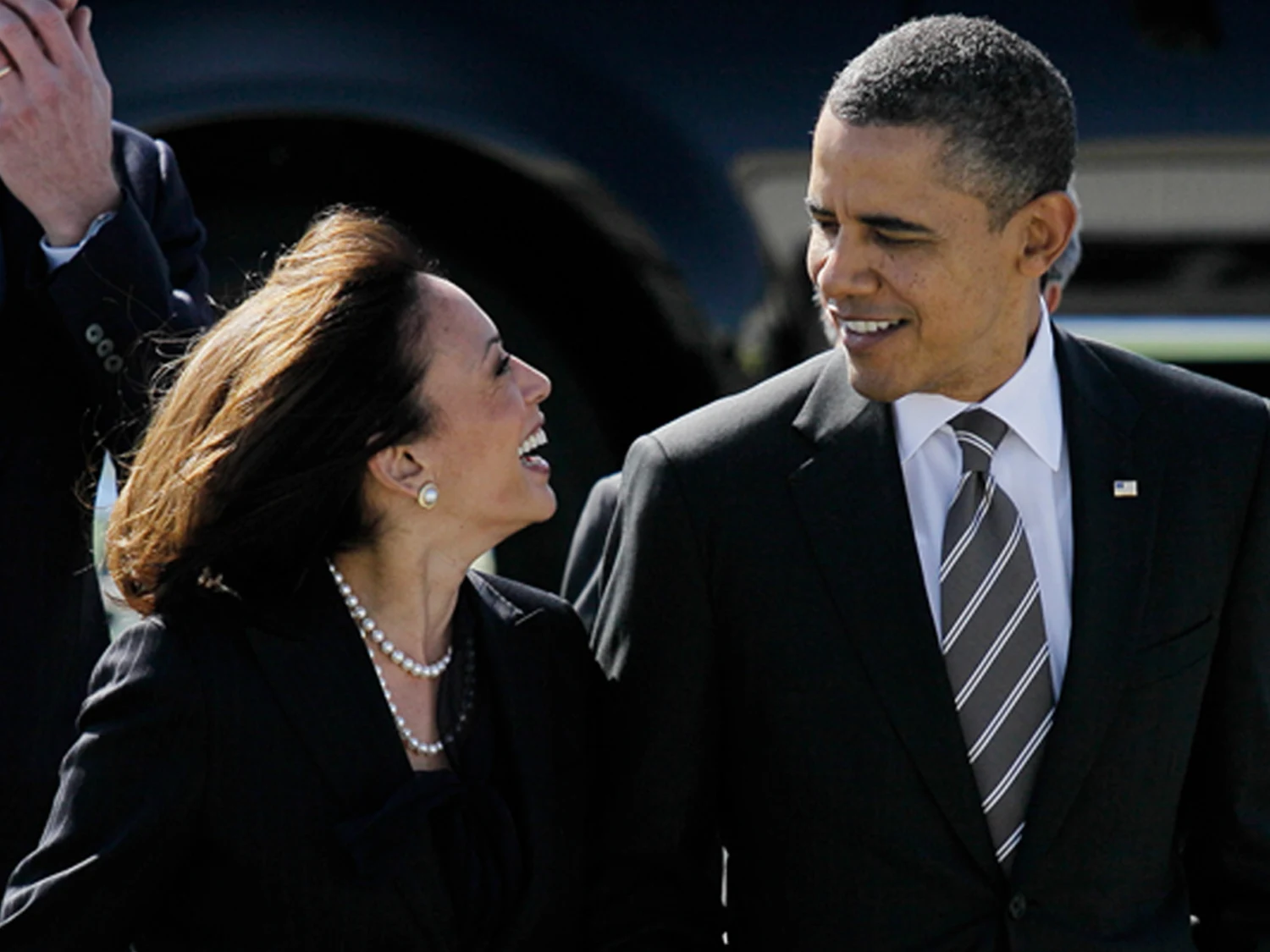Despite the United States’ high-stakes airstrikes on Iranian nuclear sites over the weekend, financial markets on Monday showed only minimal signs of disruption — a surprising calm that belied the potential geopolitical risks.
Traders began the week balancing multiple sources of economic uncertainty: fluctuating tariffs, unclear signals from the Federal Reserve, and now, escalating tensions in the Middle East. Yet, market reaction to the strikes on Iran’s Fordow, Isfahan, and Natanz nuclear facilities has so far remained muted.
By midday Monday, the Dow Jones Industrial Average was modestly higher, gaining 0.1%, while the S&P 500 and Nasdaq Composite each rose by about 0.4% to 0.6%. Earlier market jitters had briefly pushed oil prices up by 4%, but those gains quickly faded. US crude was down 0.2% to $73.69 a barrel, while Brent crude dropped 0.1% to $76.98 — both still above pre-strike levels.
Even traditional “safe haven” assets, such as gold and US Treasury bonds, remained largely unaffected. Gold slipped slightly, and bond yields ticked lower, reflecting a cautious but not panicked investment sentiment.
According to Kit Juckes, chief FX strategist at Société Générale, “Mostly, we will be waiting for any communications from Ayatollah Khamenei, or any other indications of retaliation.”
For now, markets appear to be pricing in the possibility that the situation may stabilize.
While the fear of a wider regional conflict persists, many analysts believe Iran is unlikely to close the Strait of Hormuz — a critical maritime route for around 20% of global oil shipments. Doing so would risk Iran’s own economic lifeline, primarily its oil exports to China.
Still, the risk of escalation remains.
“If the Strait of Hormuz was completely shut down, oil prices would rise to $120 to $130 a barrel,” said Andy Lipow, a Houston-based oil market analyst, noting that this would cause a spike in gasoline prices and ripple through inflation globally.
The Federal Reserve’s ability to respond to potential economic fallout is also in question. Inflation has remained relatively contained, but energy price shocks from a prolonged conflict could reignite upward pressure. This may complicate the Fed’s stance on interest rate cuts, which investors had hoped would arrive later in the year.
Federal Reserve Governor Michelle Bowman indicated Monday that rate cuts remain possible if inflation stays subdued. Meanwhile, Treasury yields fell slightly — the 10-year yield to 4.30% and the 2-year to 3.82% — as investors weighed prospects for monetary easing.
Despite the gravity of the US military action, Wall Street appears to be in a holding pattern. Bob McNally, president of Rapidan Energy Group, explained that energy markets have become skeptical of geopolitical alarmism.
“Traders have seen a lot of false alarms when it comes to geopolitical disruption risk in the oil market,” he said.
Meanwhile, the US dollar edged higher, supported more by its role in oil trade than fears over regional conflict. The global reserve currency often rallies in times of uncertainty, but analysts suggest that structural forces — including new tariffs and trade realignments — are also influencing its performance.
With input from CNN, CNBC, and the Associated Press.










The latest news in your social feeds
Subscribe to our social media platforms to stay tuned